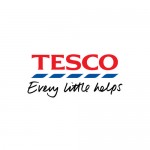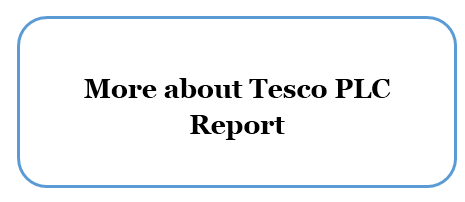Tesco Business Strategy and Competitive Advantage
 Tesco business strategy can be described as cost leadership and its motto ‘Every Little Helps’ guides its business strategy to a considerable extent. Economies of scale is one of the main competitive advantage extensively exploited by Tesco due to the vast scale of its operations. Tesco business strategy has traditionally involved experimentation with various aspects of the business and this strategy changed the overall retail industry in the UK to a certain extent. For example, Tesco was the first retailer to introduce 24-hour shopping experience and today it has thousands of Click & Collect points across the country.[1]
Tesco business strategy can be described as cost leadership and its motto ‘Every Little Helps’ guides its business strategy to a considerable extent. Economies of scale is one of the main competitive advantage extensively exploited by Tesco due to the vast scale of its operations. Tesco business strategy has traditionally involved experimentation with various aspects of the business and this strategy changed the overall retail industry in the UK to a certain extent. For example, Tesco was the first retailer to introduce 24-hour shopping experience and today it has thousands of Click & Collect points across the country.[1]
Tesco business strategy for the short-term is aimed at regaining stakeholder trust in general and customer trust in particular following commercial income reporting scandal in 2015. The senior level management has announced that this objective will be achieved via the following set of initiatives:
- Focusing on availability, service and selectively on price
- Undertaking a significant programme of restructuring and financial discipline
- Launching a programme of renewal to restore trust in every aspect of the brand
Moreover, as an outcome of income reporting scandal combined with a set of other factors, Tesco is currently in a difficult financial position with a total leverage debt of GBP 22 billion and the net debt of GBP 8.5 billion.[2] The following initiatives have been introduced by the senior level management in order to reduce the volume of debt:
- Not paying final dividends to shareholders for the financial year 2014/15
- Reducing the amount of capital expenditure to GBP 1 billion
- Replacing defined benefit pension scheme for all employees
- Reviewing Tesco’s property portfolio, including leases that amount to GBP 1.5 billion annual rent bill
- The sale or closure of all three Blinkbox businesses (movies, music and books) and Tesco Broadband
Tesco PLC Report contains more detailed discussion of Tesco business strategy. The report also illustrates the application of the major analytical strategic frameworks in business studies such as SWOT, PESTEL, Porter’s Five Forces, Value Chain analysis and McKinsey 7S Model on Tesco. Moreover, the report contains analyses of Tesco leadership and organizational structure and marketing strategy and discusses the issues of corporate social responsibility.
[1] Annual Report and Financial Statements (2015) Tesco Plc.
[2] Annual Report and Financial Statements (2015) Tesco Plc.

